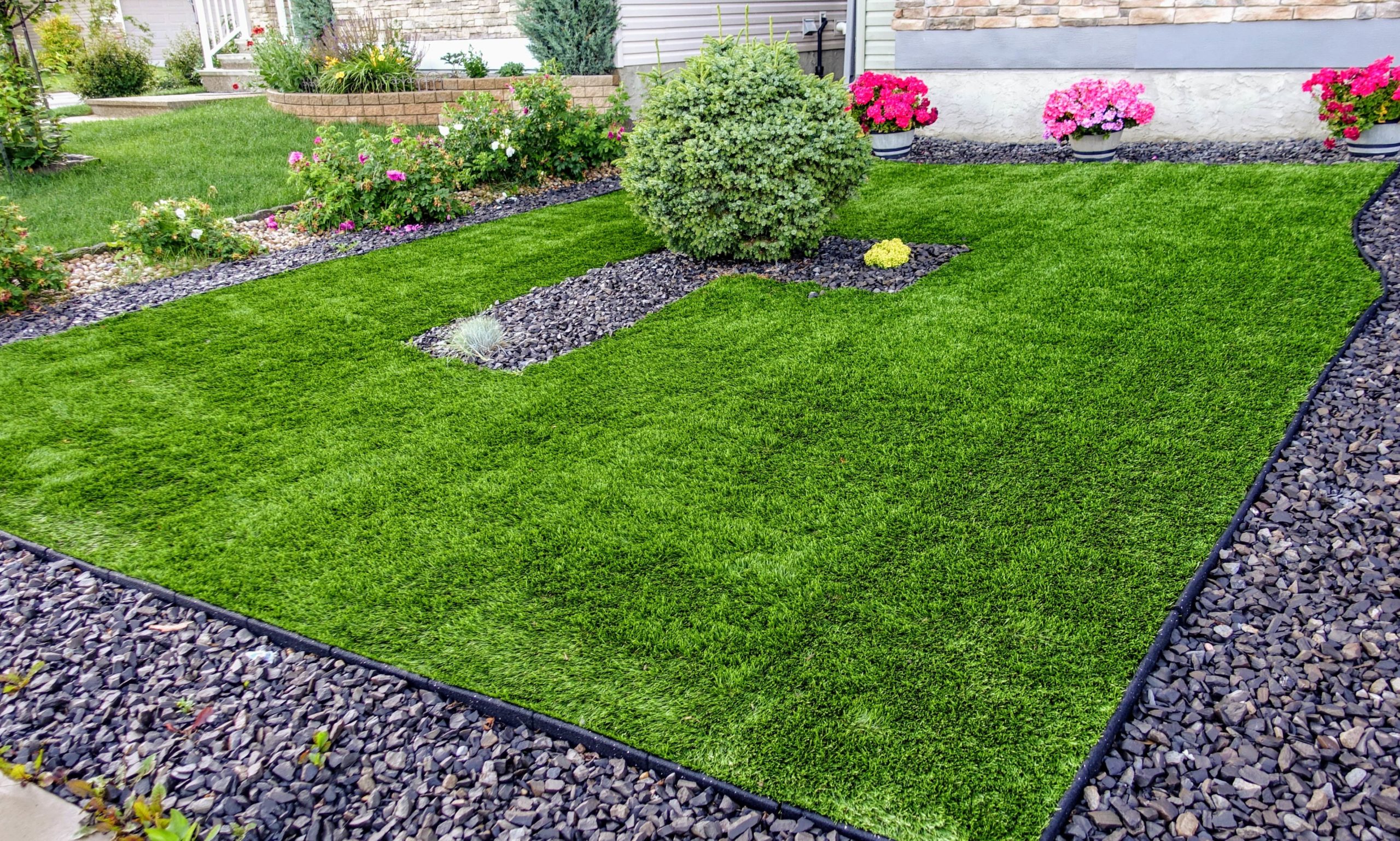Fake Grass vs. Natural Grass: Which is Better for Your Needs?

In today’s fast-paced world, homeowners continuously look for methods to simplify their lifestyle and improve their exterior areas. As a result of the increase of artificial turf, numerous are turning to fake grass as a viable option that provides both aesthetic appeal and ease of use. But how can fake grass be the ideal lawn decision for your way of living? The answer lies in its numerous advantages that cater to a variety of requirements and desires.
Starting with cutting down time on mowing to removing the hassle of yearly maintenance, artificial grass presents a low-maintenance alternative that can transform any yard. As Artificial grass installation increasing number of individuals uncover the perks of synthetic turf, including eco-friendly benefits and all-year perfection without the concern of dirty spots, the demand for fake grass is on the rise. Whether you have a bustling family, active pets, or a compact urban garden, the advantages of artificial grass can enhance your living space while making lawn care a snap.
Advantages of Fake Grass
One of the major advantages of fake grass is its low maintenance appeal. Unlike real grass, that needs regular mowing, watering, and fertilizing, synthetic turf provides a no-fuss solution for homeowners. This allows you to spend more time enjoying your yard rather than being tied down by maintenance. Say goodbye to mowing and the endless upkeep that accompanies a natural lawn, enabling you to focus on leisure activities and family time.
An additional noteworthy benefit of artificial grass is its ability to withstand different weather conditions. Whether facing scorching heat, heavy rain, or snowfall, fake grass is resilient. This durability ensures that your lawn remains green and beautiful all year round, removing the worry of brown patches or muddy areas. Homeowners appreciate how artificial turf can manage high traffic, making it particularly suitable for families with children or pets.
In addition, installing fake grass offers considerable long-term savings. By removing the need for water, fertilizers, and professional landscaping services, homeowners can experience a significant reduction in their monthly bills. The environmental benefits of synthetic turf are also noteworthy, as it conserves water and minimizes the use of chemicals, making it a wise investment for those looking to create a greener lifestyle without sacrificing aesthetics.
Cost and Maintenance Benefits
A key reason property owners choose artificial grass is the significant long-term financial savings it offers. Although the first installation cost might be higher than planting natural grass, the non-existence of ongoing maintenance expenses turns artificial turf a wise investment. You do not have to pay money on grass maintenance, fertilizers, or further water bills, all of which add up with time. In contrast, with synthetic grass, you can expect regular savings every year, enabling you to allocate those funds to alternative home improvements or personal interests.
Maintenance is a significant selling point for synthetic turf. With traditional grass, you face frequent mowing, trimming, and weeding, duties that can occupy precious time during your weekends. Artificial turf eliminates these tasks entirely, allowing you to enjoy your outdoor space without the trouble of regular upkeep. For active homeowners, that means extra time to spend with family and friends as opposed to pushing a mower or removing weeds.
Additionally, synthetic turf is designed to withstand frequent use, making it an ideal solution for families with children and pets. Unlike natural grass, which can become uneven and muddy, fake turf maintains its appearance and usability throughout the year. It provides a secure and neat play area for kids and pets while also preventing the wear and tear that usually comes with high-traffic yards. This resilience adds to the overall cost-effectiveness of synthetic turf, as homeowners will not have to replace grass or refill damaged areas each season.

Effects of Artificial Turf
Synthetic turf has gained popularity not only for its visual appeal but also for its ecological benefits. One significant effect is the reduction of water consumption. Natural lawns require substantial quantities of water to maintain their lush look, especially in drought-prone areas. By switching to fake grass, homeowners can save this precious resource, leading to lower water costs and a reduced overall environmental footprint. Low-maintenance fake grass companies with the growing emphasis on sustainable practices and responsible water management.
Moreover, synthetic grass eliminates the need for toxic fertilizers and pesticides often used in caring for natural lawns. Many of these chemicals can runoff into local bodies of water, causing contamination and damaging aquatic life. The lack of these chemicals with artificial turf means healthier play areas for children and pets, as well as a healthier environment overall. This aspect of fake grass shows a commitment to sustainable practices, substantially contributing to a cleaner and greener community.
Another noteworthy consideration is the longevity of synthetic turf when compared to natural grass. High-quality synthetic lawns can last for over a decade with little maintenance, reducing the need for regular replacements and the associated waste. The production of synthetic turf has also advanced, with many manufacturers using recycled materials and more sustainable methods. This progress not only helps in managing waste but also promotes the recycling industry, additionally enhancing the overall ecological benefits of choosing artificial grass.
